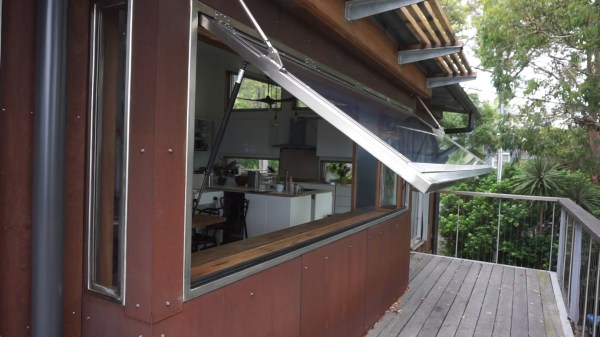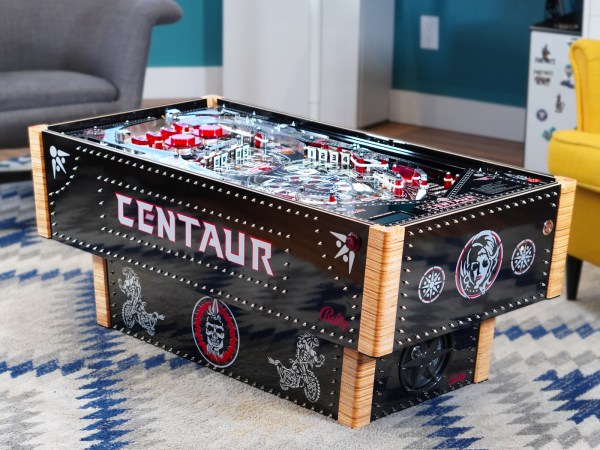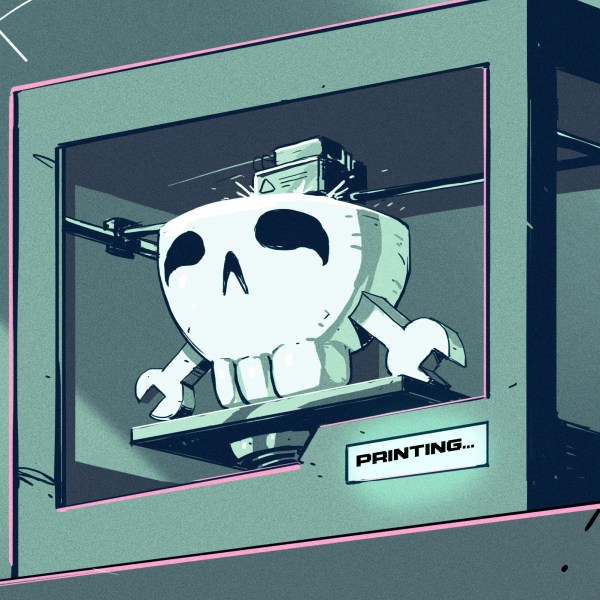What is a sensory weaver? [Curiosiate] tells us: “A device which takes sensory data feeds in and converts it in various ways on the body as information streams as though a native sensory input.” As an example, they’ve built one.
This one, called “MK2 Lockpick” is a wrist-mounted array of linear actuators, with a lengthy design/build log to peek into. We don’t get PCB files (blame EasyEDA’s sharing), but we do at least get a schematic and more than enough pictures for anyone interested to reproduce the concept – the levels of bespoke-ness here warrant a new PCB for any newcomers to sensory weaver building, anyway. We also get a story of a proof-of-concept thermal input sensory weaver. The team even includes a lessons learned da, and plenty of inspiration throughout the posts on the blog.
This kind of tech is getting more and more popular, and we are sure there will be more to come — especially as we keep getting cool new gadgets like linear actuators in form of replacement parts. For instance, the actuators in this sensory weaver are harvested from Samsung S23 smartphones, and you could probably find suitable ones as iPhone replacement parts, too. Looking to start out in this area but want a quick build? Look no further than the venerable compass belt.















